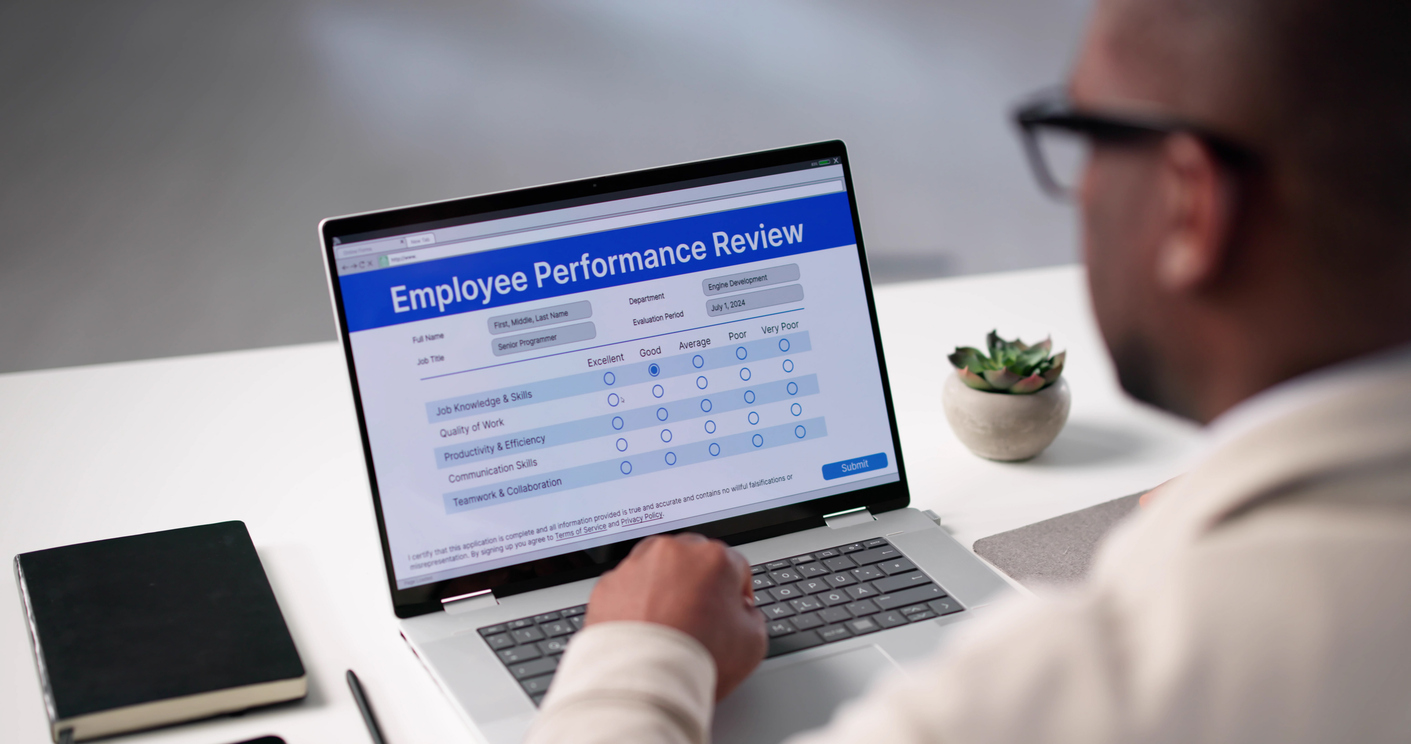October 31, 2025
How can performance evaluations contribute to a coaching culture?

Performance evaluations are notorious for evoking sighs—among HR professionals who design them, managers who must deliver them, and employees who receive them. Despite careful forms and rating scales, many evaluation meetings still leave everyone deflated. At their worst, they reproduce the classroom dynamic of “good student” and “bad student”: one person giving marks, the other hoping for approval. Yet if we look through a coaching lens, evaluation conversations could become something entirely different—a space of adult dialogue about work, contribution, and what might be even better.
When evaluation is framed around “good” or “bad,” it is almost guaranteed to disappoint. No one can always exceed expectations, and very few people enjoy being told that they “meet but do not exceed” them. The words alone sound like a verdict. But what if the purpose of the meeting were not to deliver a grade, but to co-create understanding? Coaching gives us tools for that shift. It invites curiosity about what works, what the person is proud of, where things are challenging, and how differences between expectation and outcome can become useful information rather than moral judgments.
In a coaching-infused performance evaluation, both sides come in with acceptance that variability is normal. Sometimes we exceed expectations; sometimes we don’t. That fact doesn’t define identity or worth. It simply describes a pattern in a complex world of work. When we detach performance from personal goodness, we free the conversation to focus on what can be learned. The question becomes, “What helps you perform at your best?” rather than “Why weren’t you good enough?”
For the employee, this kind of conversation can generate real clarity about what is expected, about where they stand in relation to those expectations, and about the conditions under which they meet them. Instead of leaving the meeting feeling judged, they leave understanding more about their work and what supports success. A manager might ask, “Can you remember a time this quarter when things went really smoothly, what was happening then?” or “What’s different when the target feels achievable versus when it doesn’t?” These are classic coaching questions, focusing attention on differences and on moments of effectiveness. They make the evaluation meeting an inquiry into competence and context, not character.
For the manager, this approach lightens the emotional burden of being the “evaluator.” Many dread these meetings because they feel like they must balance honesty with kindness or deliver ratings that will be contested. Coaching-style dialogue helps managers stay present and curious. They are no longer required to be judges but conversation partners. Their role is to hold up a mirror and invite reflection: “From your perspective, where have you seen progress?” “What would make it easier to achieve this goal next time?”
The key shift here is from evaluation as identity story to evaluation as shared sense-making. We are not talking about who is a good or bad employee. We are talking about work, how it happens, what supports it, and how it could flow better. When both people stay on that level, it becomes a meeting of adults discussing a topic, not a verdict on a person.
HR plays a vital role in enabling this cultural turn. Many managers have never been trained to use coaching questions in performance discussions. They have inherited evaluative scripts that encourage judgment. HR can design systems that signal a different mindset: forms that prompt reflection rather than ratings, templates that invite examples and learning rather than numeric scores. Even small changes in language make a difference: replacing “Areas of weakness” with “Areas for development,” or “Does not meet expectations” with “Has not yet achieved…” shifts attention toward possibility.
More importantly, HR can equip managers with conversational tools. Coaching skills such as asking questions that explore exceptions, future possibilities, and small differences fit beautifully into performance evaluations. “When have you already met that expectation?” “What was helpful then?” “What would the preferred situation look like?” These questions don’t dilute accountability; they make it constructive. The employee still gets clear feedback, but in a form that builds agency rather than defensiveness.
Over time, as HR fosters these practices, evaluation meetings can become one of the most powerful rituals for embedding a coaching culture. Every conversation becomes an instance of the organization’s values in action: curiosity instead of blame, dialogue instead of diagnosis, forward-looking exploration instead of backward judgment. The ripple effects can extend far beyond annual reviews. When people experience their manager as a thinking partner, they begin to bring the same mindset into team interactions and peer feedback.
A coaching culture does not emerge from workshops alone, it is built through the everyday conversations where people talk about performance, goals, and growth. The annual evaluation is one such conversation. If we treat it as a chance to co-construct understanding rather than to distribute grades, we move from a culture of compliance to one of collaboration.
Performance evaluation, then, need not be a dreaded HR ritual. It can be an exercise in shared learning. By turning judgment into dialogue, HR professionals can transform the process from a test of identity into a practice of development—and, in doing so, help the organization speak the language of coaching every day.
If you want to talk about coaching culture or just hang out with us, why not join us for one of our free meetups and exchanges?
What’s a Rich Text element?
The rich text element allows you to create and format headings, paragraphs, blockquotes, images, and video all in one place instead of having to add and format them individually. Just double-click and easily create content.
Static and dynamic content editing
A rich text element can be used with static or dynamic content. For static content, just drop it into any page and begin editing. For dynamic content, add a rich text field to any collection and then connect a rich text element to that field in the settings panel. Voila!
-













